Hawaiian dance, most famously known as hula, is more than just graceful movements; it’s a profound expression of Hawaiian culture, history, and connection to nature. In this exploration, we delve into the depths of hula with insights from Patrick Makuakāne, director of Nā Lei Hulu I Ka Wēkiu, a dance company celebrated for blending traditional and contemporary hula forms. Makuakāne’s perspectives offer a unique understanding of how Hawaiian dance evolves while staying deeply rooted in its cultural heritage.
Hula serves as a powerful vehicle for storytelling, preserving history, and expressing the intricate relationship between Hawaiians and their environment. Traditionally, Hawaiian culture conveyed messages and histories through metaphor and symbolism, deeply embedded in nature. This approach is vividly reflected in hula, where every gesture, chant, and rhythm tells a story.
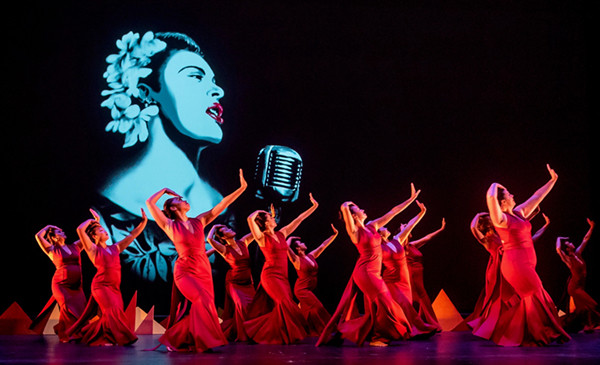 Patrick Makuakakane 2 Photo depicting Patrick Makuakāne in a contemplative pose, highlighting his expertise in Hawaiian dance
Patrick Makuakakane 2 Photo depicting Patrick Makuakāne in a contemplative pose, highlighting his expertise in Hawaiian dance
The Language of Movement: Traditional and Contemporary Hula
Hula is broadly categorized into two main forms: hula kahiko and hula ‘auana. Understanding these distinctions is key to appreciating the breadth of Hawaiian dance.
Hula Kahiko: The Ancient Roots
Hula kahiko, meaning “ancient hula,” is the traditional form, deeply connected to the historical and spiritual roots of Hawaii. It is characterized by chants (oli or mele) and percussive instruments like the pahu drum, ipu gourd, or kālaʻau sticks. The movements in hula kahiko are often described as contained and close to the body, focusing on the poetic narrative of the chants rather than overtly descriptive gestures. The depth of hula kahiko lies in its ability to convey complex stories and genealogies through subtle movements synchronized with powerful vocalizations.
Hula ʻAuana: Embracing Modernity
In contrast, hula ʻauana, or “wandering hula,” emerged in the late 19th century, influenced by Western music and instruments such as the guitar and ukulele. This contemporary form is more melodic and often accompanied by singing. Hula ʻauana allows for more expressive and flowing movements, where gestures frequently depict elements of nature like swaying trees, falling rain, or blooming flowers. Despite its modern influences, hula ʻauana remains a vital expression of Hawaiian identity and storytelling, adapting to contemporary sensibilities while retaining the core essence of Hawaiian dance.
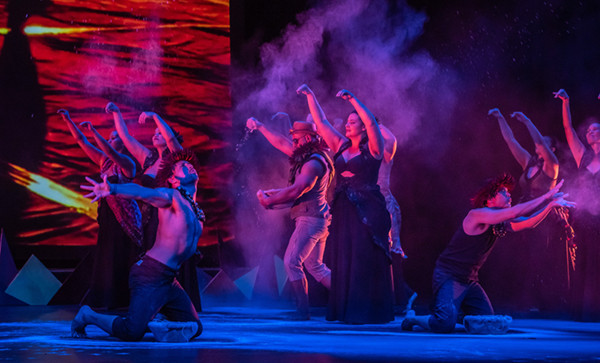 Patrick Makuakakane 5 Photo showcasing dancers in motion, exemplifying contemporary Hawaiian dance movements
Patrick Makuakakane 5 Photo showcasing dancers in motion, exemplifying contemporary Hawaiian dance movements
Hula’s Role in Hawaiian Cultural Identity
Hula’s significance extends far beyond mere entertainment; it is integral to the social fabric of Hawaiian culture. During the Hawaiian Cultural Renaissance of the 1970s, hula became a central anchor for rediscovering and reaffirming native Hawaiian identity. As Makuakāne explains, “Hula served as a vehicle to teach us because hula is synonymous with Hawaiian culture.” Through hula, practitioners learn about:
- Hawaiian Pantheon of Gods: Understanding the deities and spiritual beliefs.
- History and Mythology: Preserving ancestral stories and legends.
- Connection with Nature: Recognizing the symbiotic relationship and deep respect for the natural world.
- Values and Emotions: Exploring themes of love, community, and spirituality through chants and movements.
Hula acts as a living archive, embodying the collective memory and values of the Hawaiian people. It provides a tangible and engaging way to connect with and transmit cultural knowledge across generations.
Addressing Contemporary Issues Through Hawaiian Dance
Patrick Makuakāne’s choreography often uses hula to address contemporary issues, including climate change. His work for the D.I.R.T. Festival 2019, storm SURGE, exemplifies this approach. Makuakāne chose hula as a medium to explore climate change because of its inherent ability to convey messages metaphorically through nature.
He reflects on how climate change will profoundly affect Hawaii, not only physically through rising sea levels but also culturally, by altering the very landscapes referenced in traditional chants. This led him to ponder: “Climate change will affect the topography, but it will also affect the music and dances.” His pieces for the festival utilized nature-based chants to highlight the urgency of environmental issues and contemplate the future of Hawaiian cultural expression in a changing world.
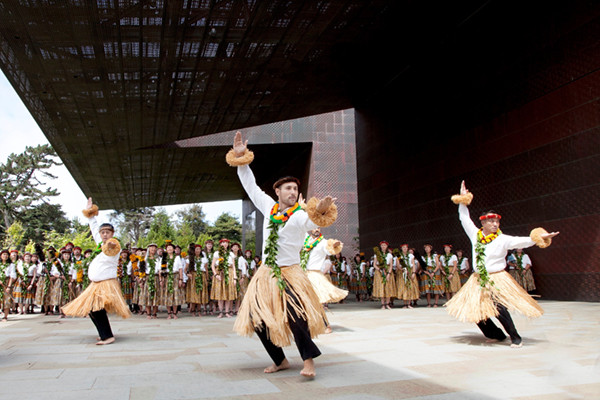 Patrick Makuakakane 6 Photo capturing the grace and fluidity of Hawaiian dance, emphasizing its storytelling aspect
Patrick Makuakakane 6 Photo capturing the grace and fluidity of Hawaiian dance, emphasizing its storytelling aspect
By using hula to address climate change, Makuakāne underscores the dance form’s relevance and adaptability. He demonstrates that Hawaiian dance is not confined to historical narratives but is a dynamic and potent tool for contemporary dialogue and advocacy.
The Evolution and Global Reach of Hula
While deeply rooted in Hawaiian tradition, hula is not static. It continues to evolve, both within Hawaii and across the globe. Makuakāne notes a “renaissance of knowledge” in Hawaii, with younger generations becoming increasingly informed and engaged in all facets of Hawaiian culture. This internal evolution keeps hula vibrant and relevant.
Furthermore, hula’s reach extends far beyond Hawaii. It has gained immense popularity internationally, particularly in Japan and Mexico, where there are thriving hula communities. This global expansion raises questions about maintaining authenticity and cultural respect while adapting to different contexts. However, it also highlights the universal appeal of Hawaiian dance and its capacity to connect people across cultures.
Despite its global spread, the essence of hula remains deeply connected to its origins. Whether performed in Hawaii, San Francisco, or Tokyo, hula continues to be a powerful expression of Hawaiian culture, spirituality, and storytelling.
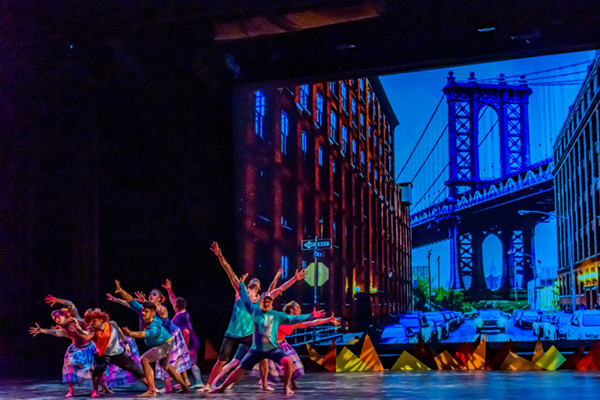 Patrick Makuakakane 4 Photo showing a dynamic pose in Hawaiian dance, illustrating the energy and passion involved
Patrick Makuakakane 4 Photo showing a dynamic pose in Hawaiian dance, illustrating the energy and passion involved
Conclusion: The Enduring Legacy of Hawaiian Dance
Hawaiian dance, in its diverse forms, remains a cornerstone of Hawaiian culture. It is a living tradition that embodies history, spirituality, and community. Through the dedication of practitioners like Patrick Makuakāne, hula continues to evolve, addressing contemporary issues and reaching new audiences worldwide. Its enduring legacy lies in its ability to preserve and express the heart of Hawaiian identity, ensuring that the stories and values of Hawaii are danced and chanted for generations to come.
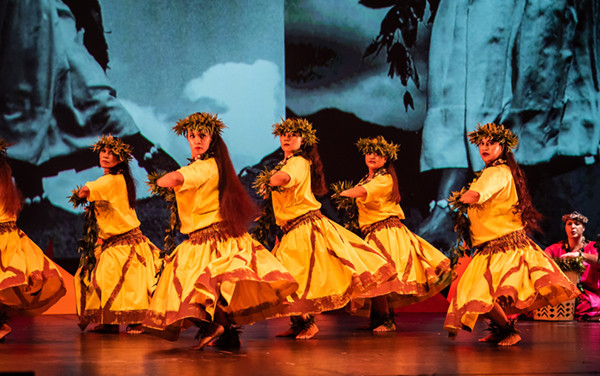 Patrick Makuakakane 3 Photo depicting Patrick Makuakāne in traditional attire, emphasizing the heritage of Hawaiian dance
Patrick Makuakakane 3 Photo depicting Patrick Makuakāne in traditional attire, emphasizing the heritage of Hawaiian dance
To learn more about Patrick’s work, visit naleihulu.org, and to learn more about the D.I.R.T. Festival 2019, visit dancemissiontheater.org/2019/01/04/dirt-festival-2019.

